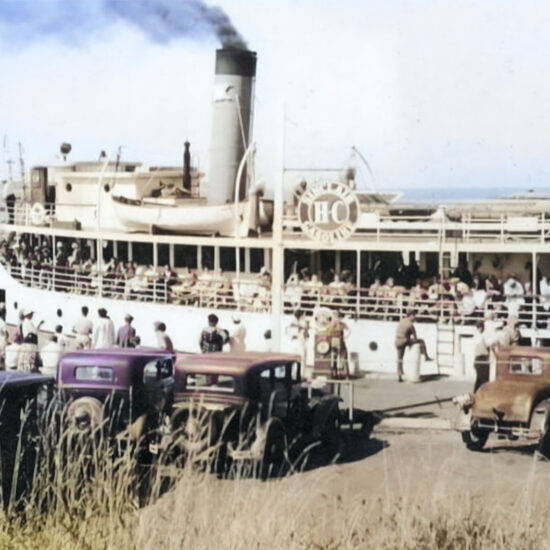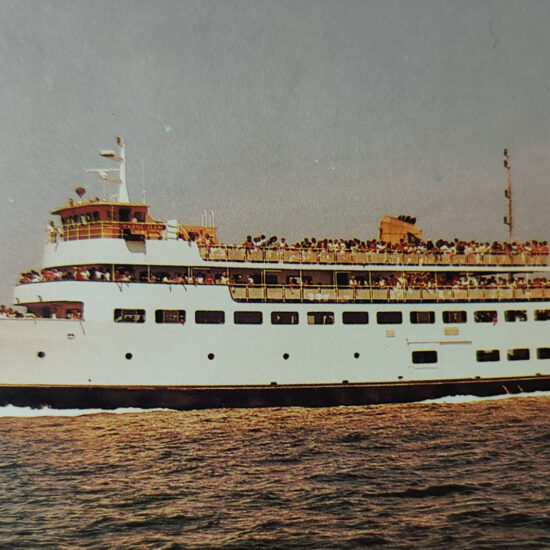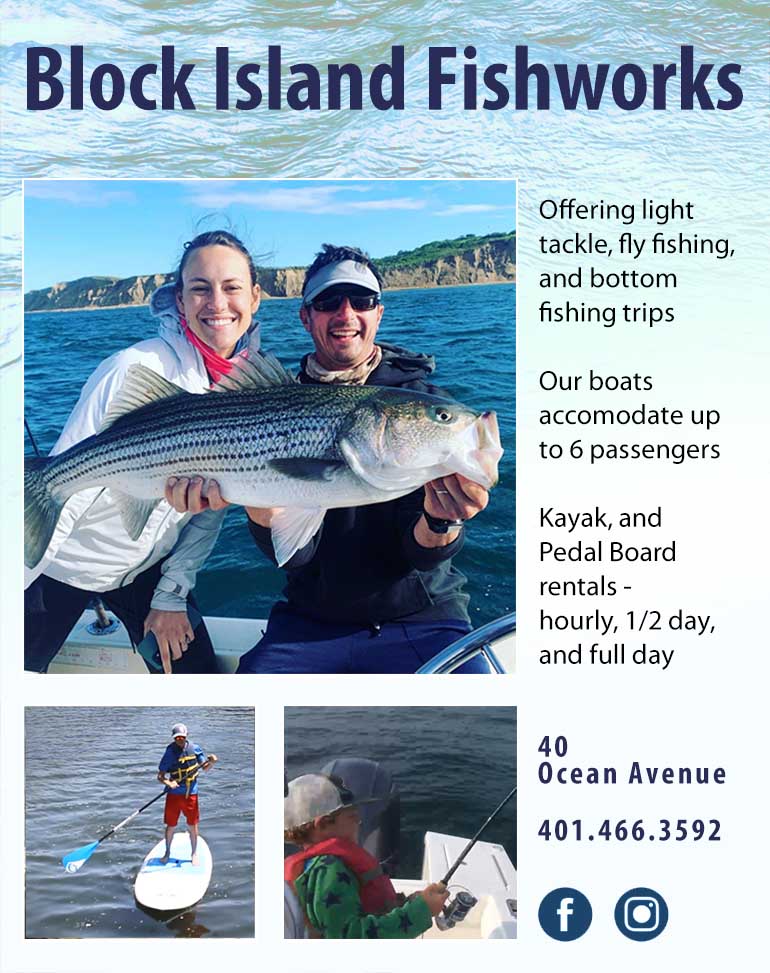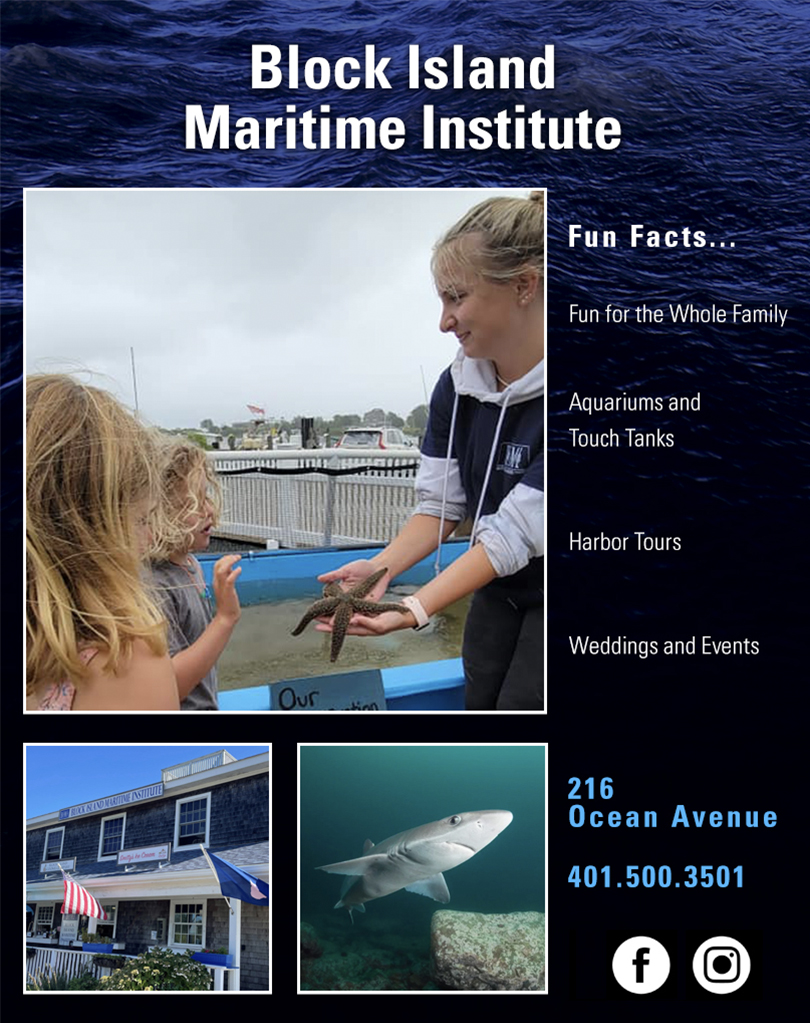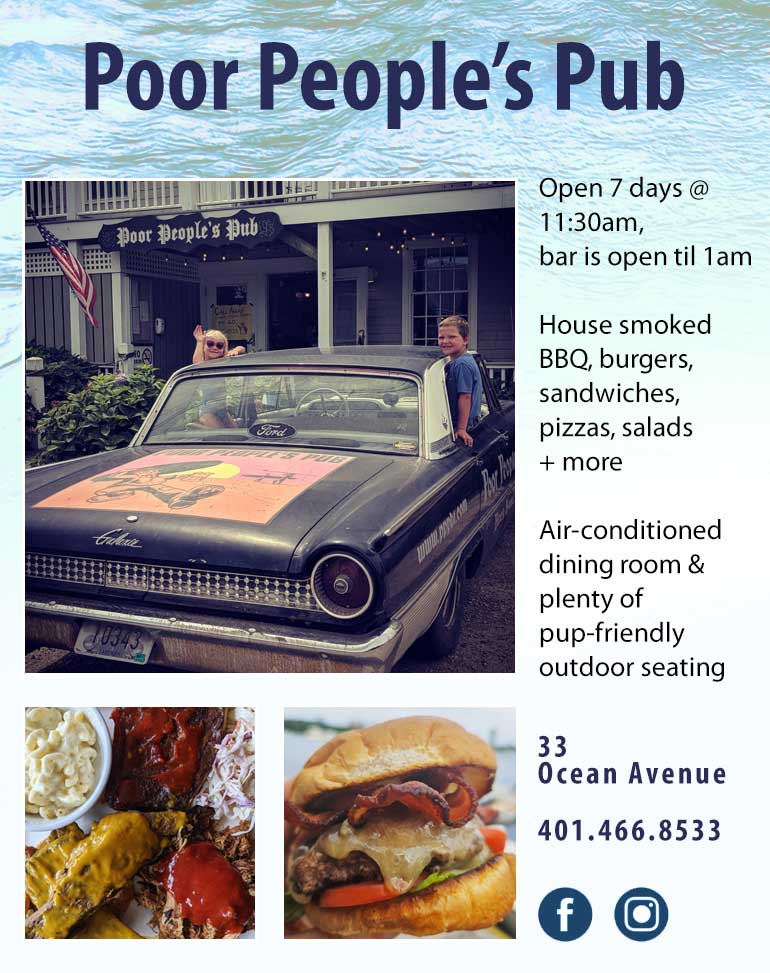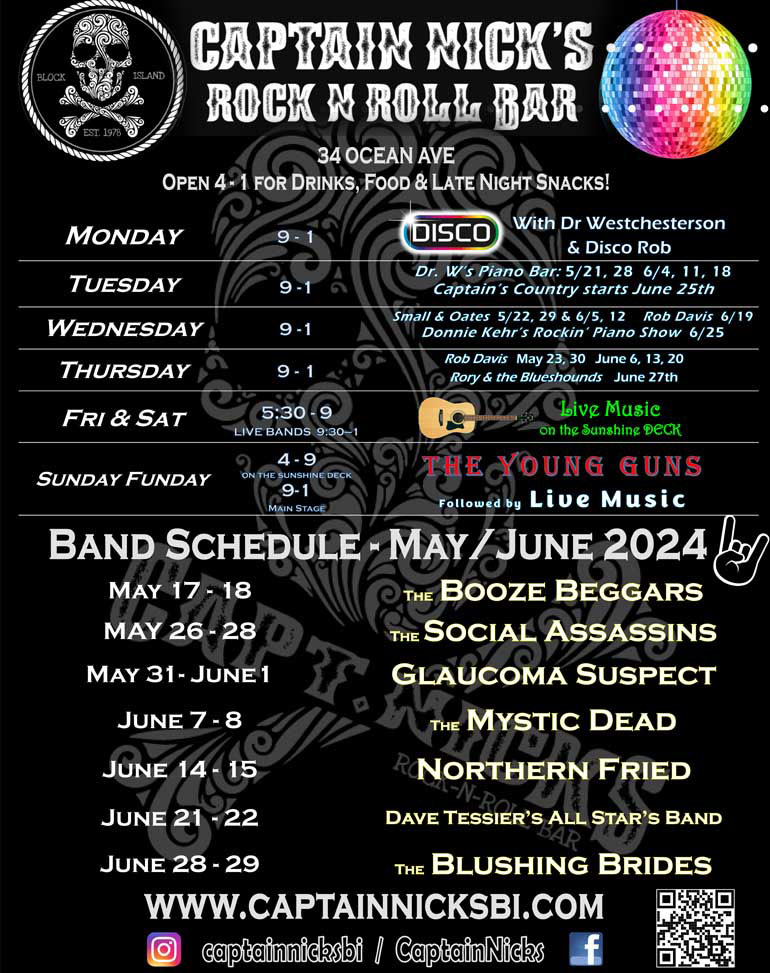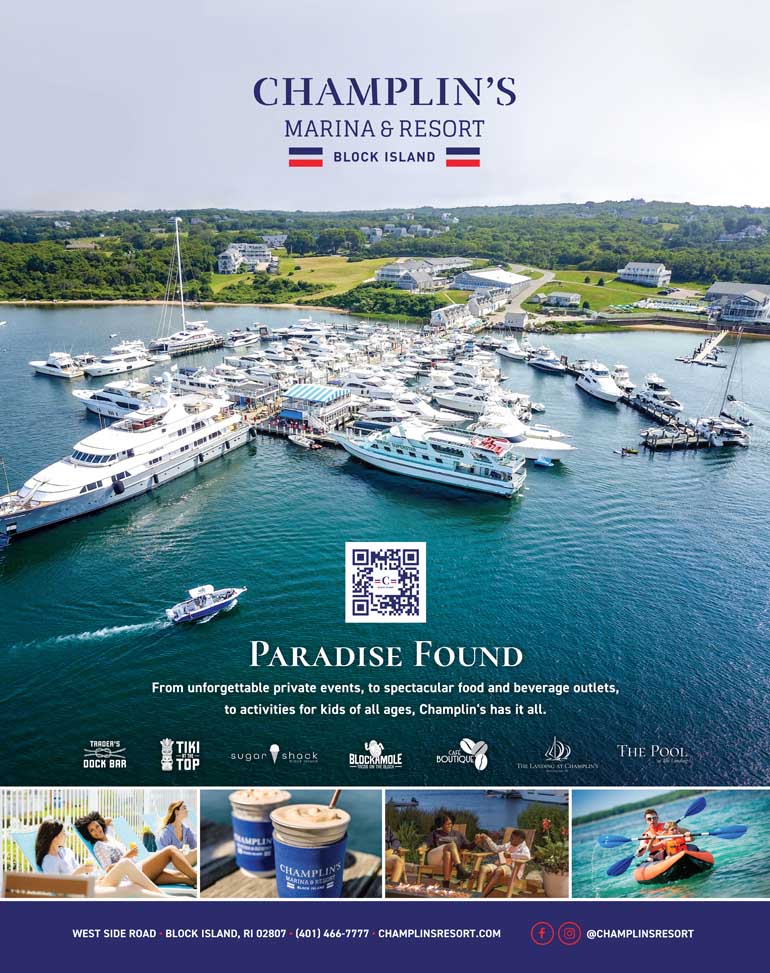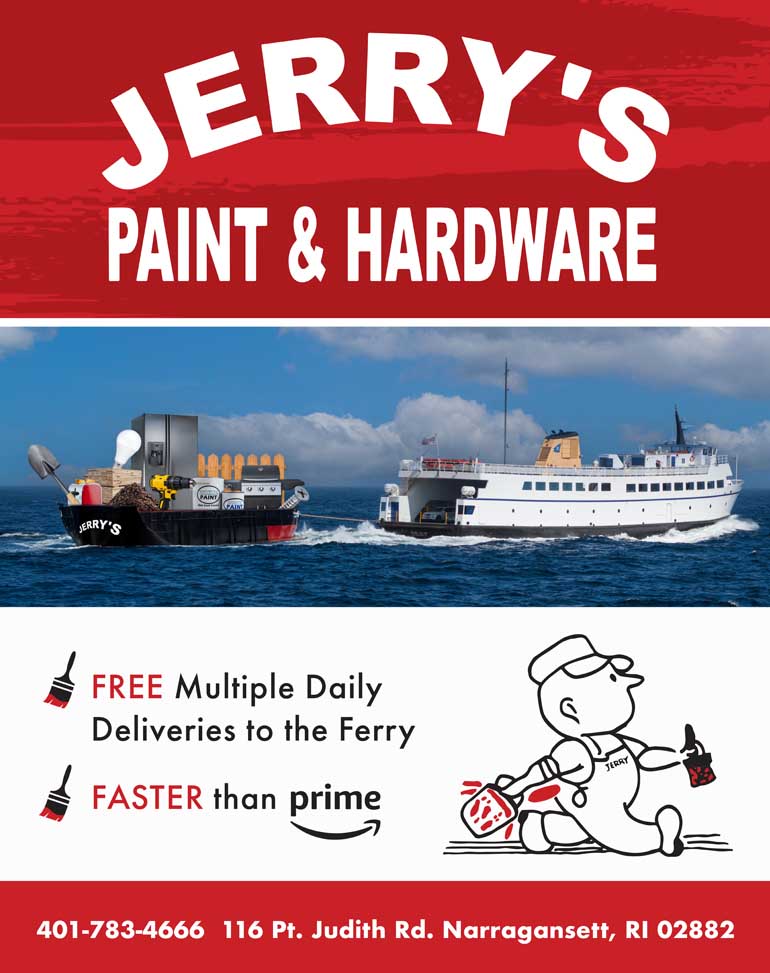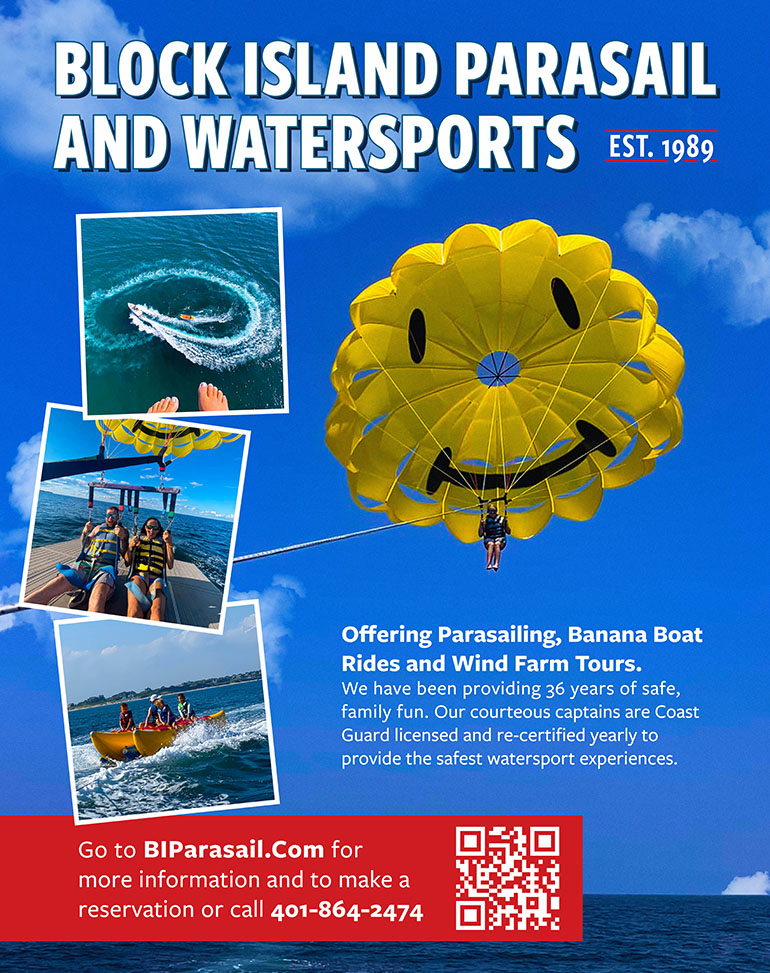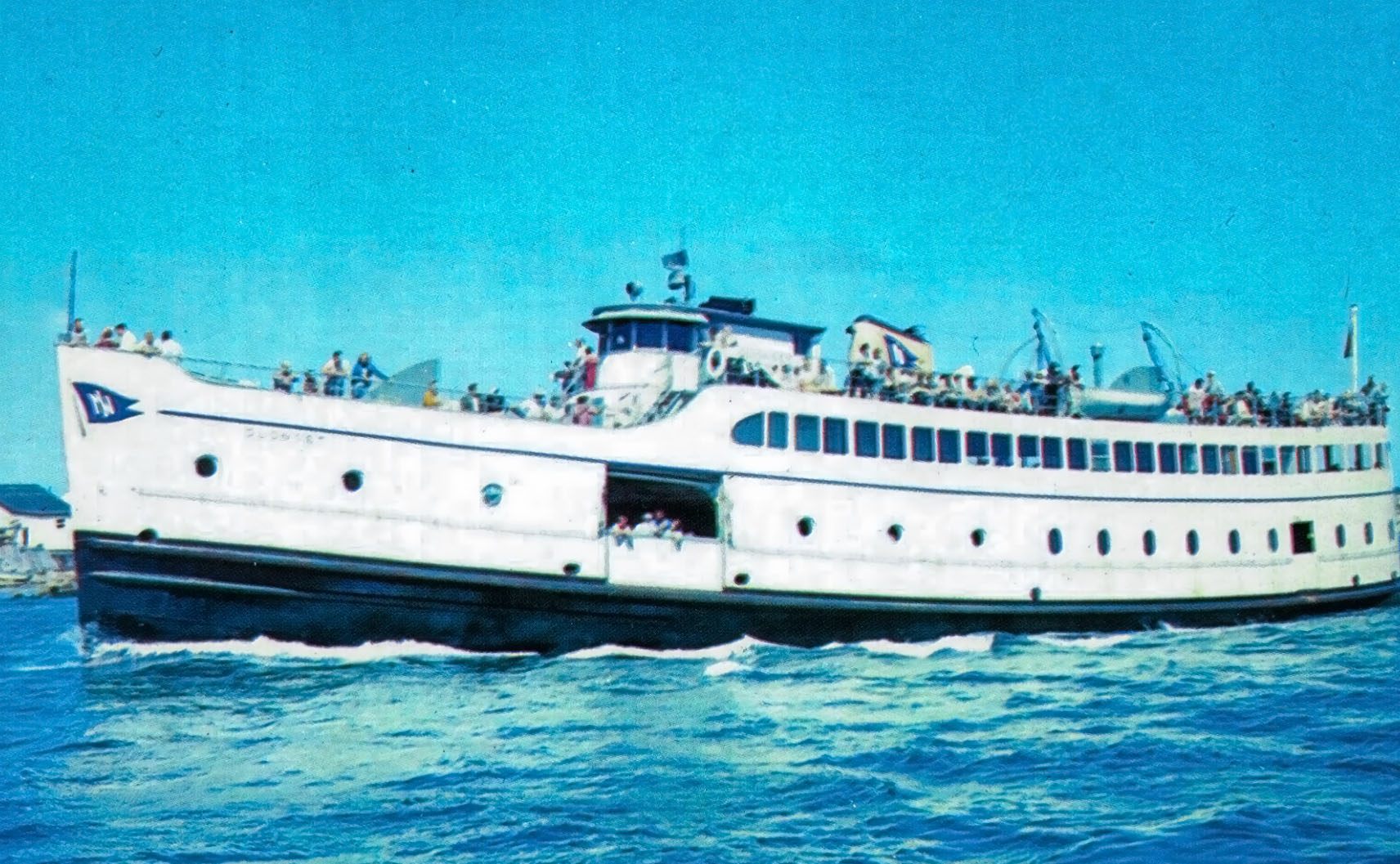
90 Years of the Block Island Ferry, Part 2
In our last blog, we explored the creation of Interstate Navigation. The initial years were marked by periods of rapid growth that were suddenly hindered by the onset of World War II. In this part, we will take a look at how the Block Island Ferry and island changed in the 50s-70s.
We would like to extend a very special thanks to Greg Abbott for his extensive knowledge of Interstate Navigation’s history. Without his assistance this blog series could not have been possible.
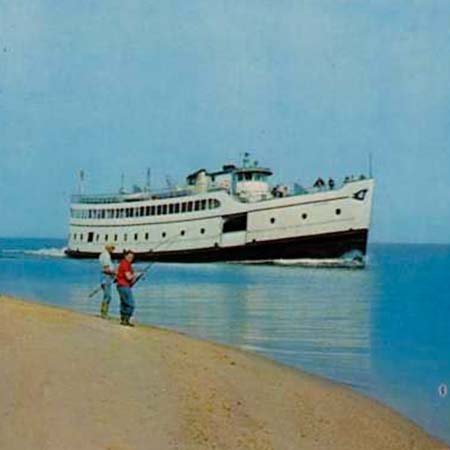
Tourism Dwindles but the Fleet Grows
The post war years brought many significant changes not only to the Block Island Ferry but the island itself. By the mid 50s, the country was in a period of economic prosperity. This led to many advancements and improvements to daily life including better roads and automobiles. Unfortunately, this would negatively affect New Shoreham as people had now had easier access to public beaches on mainland (as well as access to air conditioning) reducing the demand to travel to the island to cool off. Many businesses on the island would shutter or closed completely in this time.
These changes did not slow down Interstate Navigation, though. In 1956, competitor Sound Steamship Lines ceased their runs to Block Island. In 1957, for the first time in many years, Interstate was the only company providing passenger ships to the island. That same year, the MV QUONSET was added to the fleet, making 2 trips a day during the summer.
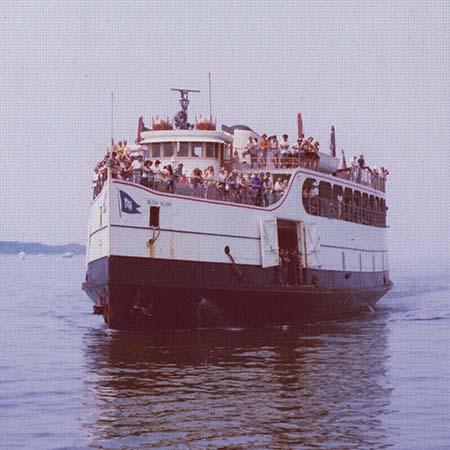
What’s Old is New Again
There were also big changes happening on Block Island. For many years, Interstate’s ships had been docking in New Harbor. However, in 1965 a new dock in Old Harbor was built. From that point on, any ship that departed from Rhode Island would make Old Harbor their new port of call while any ships from Connecticut would continue to unload at New Harbor. This included the newly introduced MV BLOCK ISLAND in 1961.
Leadership of the company also changed during this period. John H. Wronowski had joined Interstate Navigation in 1934 with introduction of NELSECO II. After World War II he was promoted to the vice president of the company. When Raymond H. Abell, founder of Interstate Navigation, retired in 1961, Wronowski became the president.
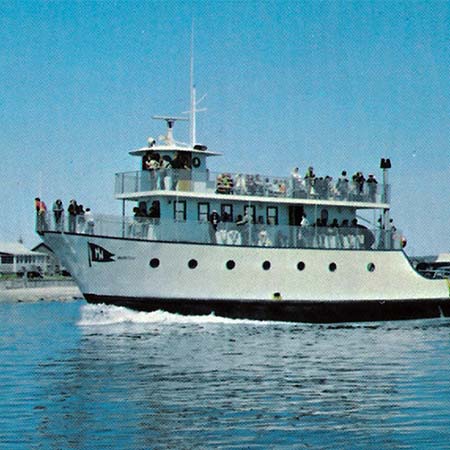
RETIREMENT & REBIRTH
Although new ships were being added to the fleet. The NELSECO II was still being used at this time. Besides transporting visitors to and from Block Island, the ship also carried spectators to watch the America’s Cup Race since its inception in 1934. It did so until its retirement in 1970.
The NELSECO II was replaced that year by Interstate Navigation’s first newly-built ship, the MV MANITOU. This was the first ship in the fleet that had an end loader and was able to transport trucks. In the following years, the company would introduce two new ships: the MV MANISEE and the SEA WING, a hydrofoil vessel considered Interstate’s first “hi speed” craft.
Things on Block Island were changing as well. Tourism to the island began to pick up. In 1975, the Manisses Hotel reopened its doors after many years which helped kick-start the revival of many of the hotels and cottages. This spark has led to the steady growth of tourism to the island ever since.
The post war years marked periods of growth for Interstate Navigation and a redefinition of tourism to Block Island. In our next blog, we’ll explore Interstate Navigation’s growth from the 70s-00s… including the introduction of a little jingle you might just know.
Sail Away…


